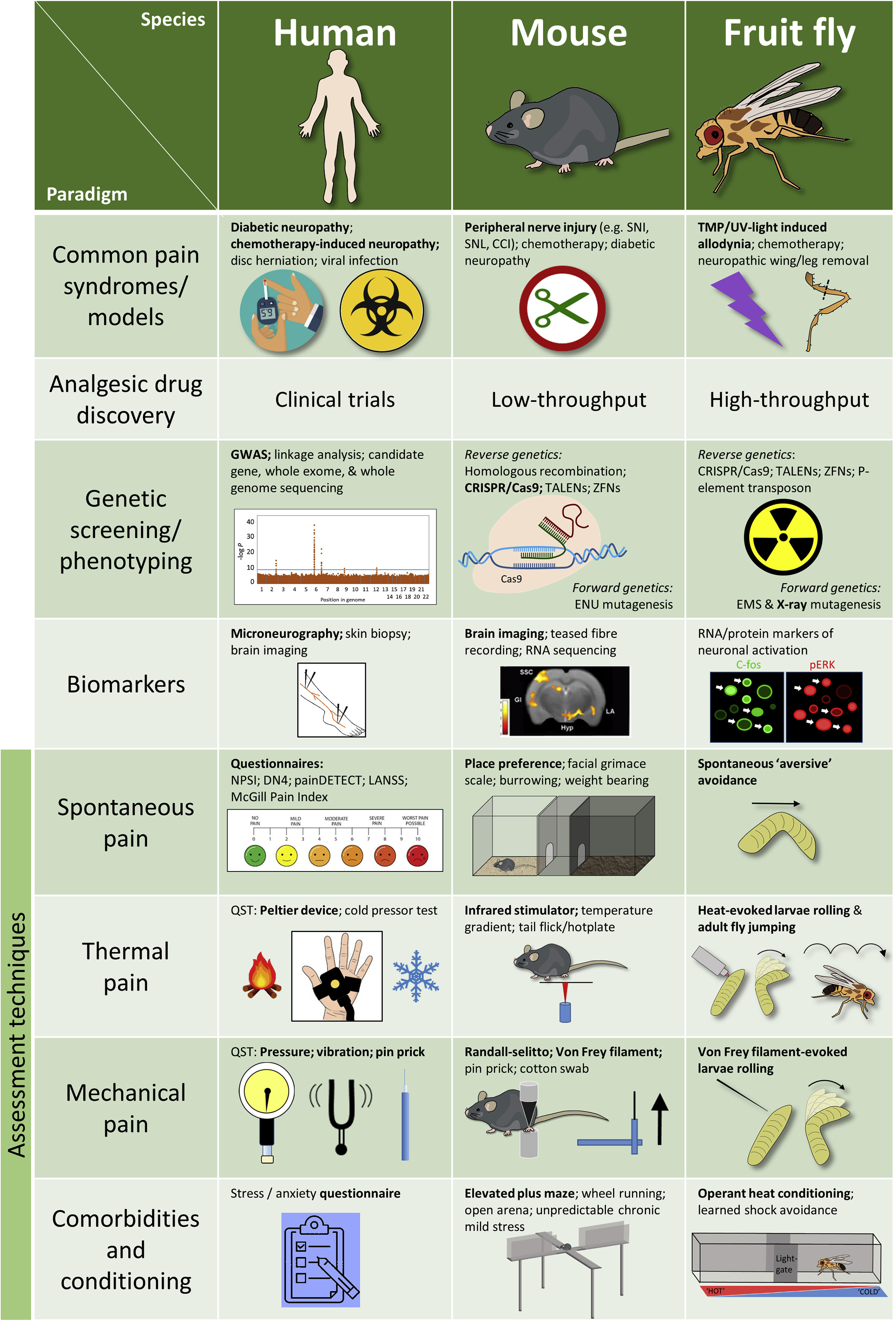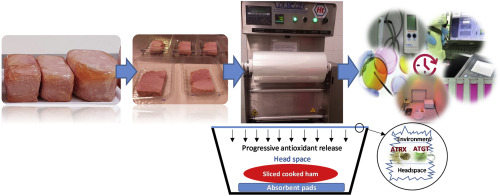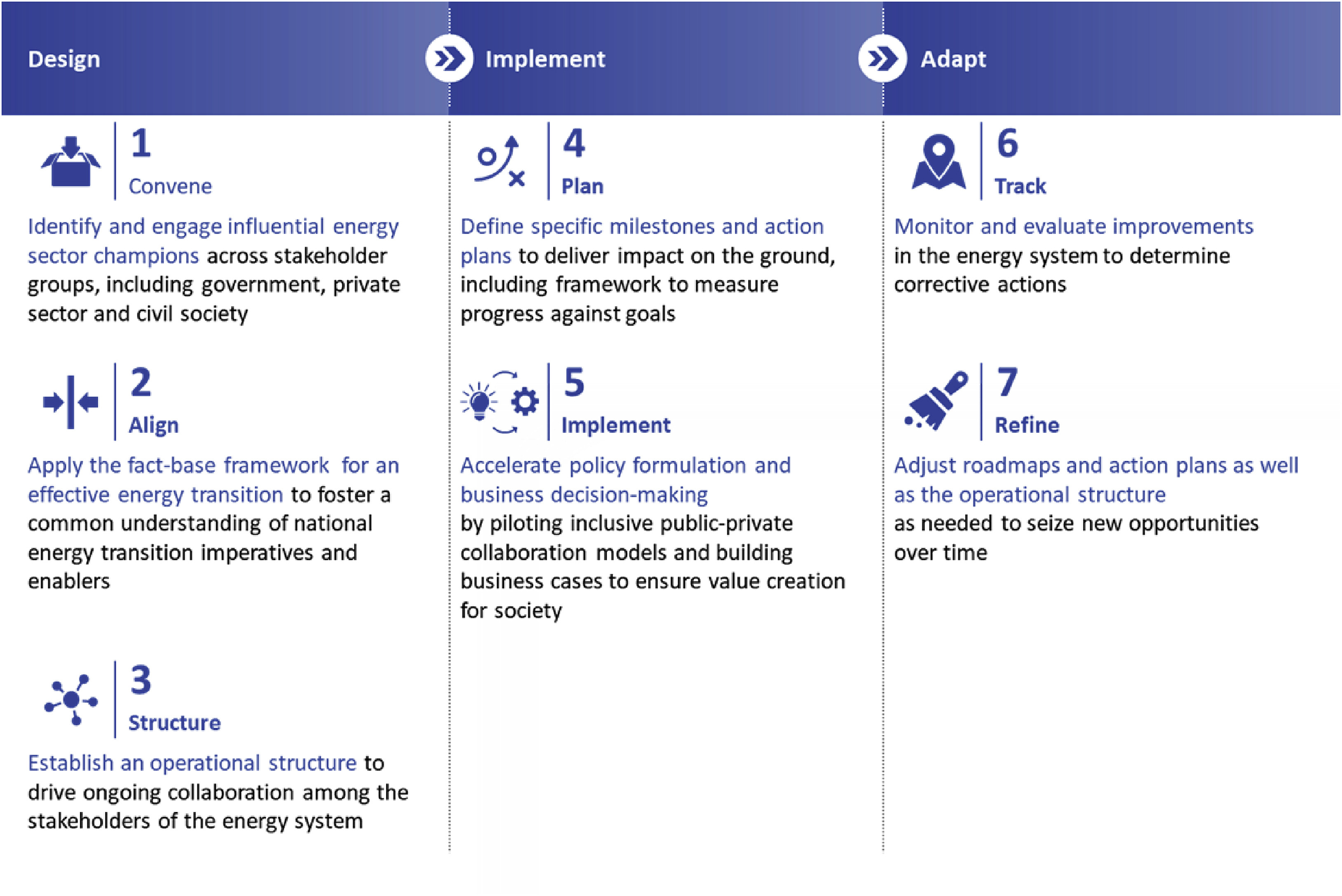As global temperatures continue to rise, questions about infrastructure capacity to keep up with energy demand are increasingly germane. Energy demand is mediated by several structural and environmental conditions, though we have a limited understanding about the role of differences in local ambient temperatures as a predictor for energy demand. This study assesses the effects of residential building structure, socio-demographics, and ambient temperature conditions of a neighborhood to overall energy expenditures of a household.
Approximately 70% of the aquatic-based production of animals is fed aquaculture, whereby animals are provided with high-protein aquafeeds. Currently, aquafeeds are reliant on fish meal and fish oil sourced from wild-captured forage fish. However, increasing use of forage fish is unsustainable and, because an additional 37.4 million tons of aquafeeds will be required by 2025, alternative protein sources are needed.



